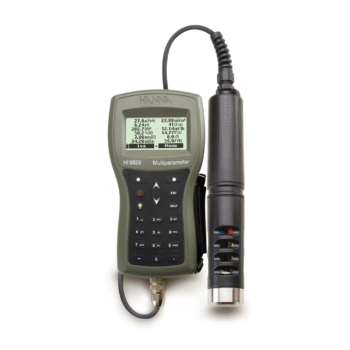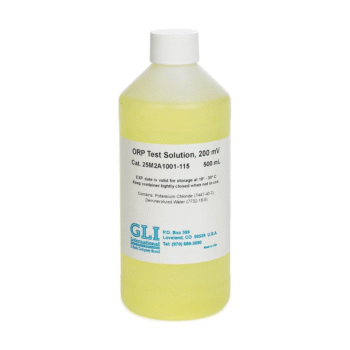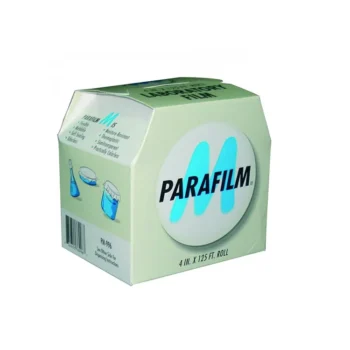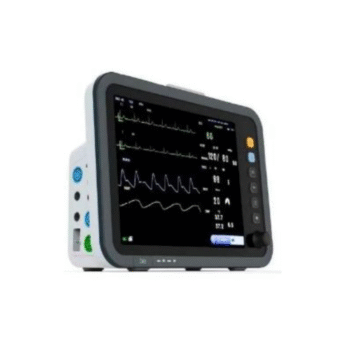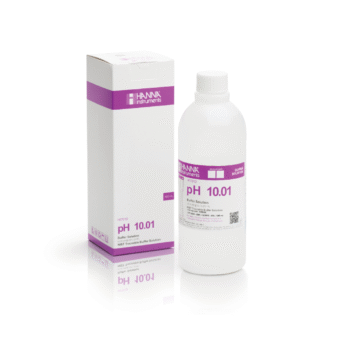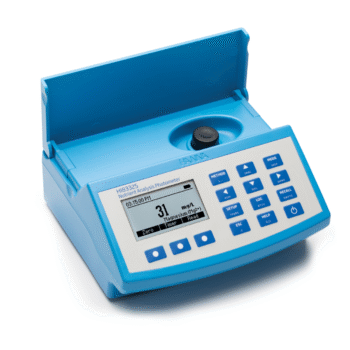-
MOISTURE ANALYSER
Moisture analyser with high-quality halogen quartz glass heater – also available as version with [d] = 10 mg, ideal for recurring rapid tests/ DAB.Moisture analyser with high-quality single-cell weighing system for outstanding stability,
-
MUFFLE FURNACE
Muffle furnaces are the reliable and long-lasting all-rounders in the laboratory and are ideally suited for a large number of processes
in the field of material research and heat treatment. -
MULTI-CHANNEL ADJUSTABLE VOLUME MECHANICAL PIPETTES
A multi-channel adjustable volume mechanical pipette is a lab instrument used to simultaneously transfer multiple small volumes of liquid across several channels (typically 8 or 12), with adjustable volume settings. It is ideal for high-throughput applications such as ELISA, PCR, and microplate assays.
-
MULTI-PARAMETER-HANNA, MYRON
A multi-parameter device measures several water quality parameters simultaneously, such as pH, temperature, conductivity, dissolved oxygen, and turbidity. It is widely used in environmental monitoring, laboratories, and water treatment plants. Compact and efficient, it provides quick, reliable data for comprehensive analysis of water conditions in a single instrument.
-
OIL DISTILATION KIT
An oil distillation kit is a laboratory setup used to extract and purify essential oils or separate oil mixtures based on their boiling points through the process of distillation.
-
ORP SOLUTION
ORP solution is a standard liquid with a known redox (oxidation-reduction) potential, used to calibrate ORP meters. It ensures accurate measurements of electron activity in water or chemical solutions. Commonly used in labs, water treatment, and environmental testing, it comes in specific millivolt values for reliable calibration.
-
OVEN
A laboratory oven is used for drying, sterilizing, and heating samples at controlled temperatures, typically ranging from 50°C to 300°C. It operates using convection to ensure uniform heat distribution. Common applications include removing moisture, curing materials, and conducting thermal testing in biological, chemical, and industrial labs.
-
PALLET TRUCKS SCALES
Pallet truck scales ,PRE-TARE function for manual subtraction of a known container weight, useful for checking fill-levels.Summation of weight values.
-
PARAFILM
film made of polyolefines and paraffin waxes Service temperature from 45 ?C up to +50C (melting point +60 C) Resistant to saline solutions, most common inorganic acids and bases used in laboratory and some organics solvents (methanol, ethanol and 2-propanol) Not resistant to diethylether, chloroform, carbon tetrachloride, benzene or toluene.
-
PATHOLOGY WORKSTATION
A Pathology Workstation is a specialized lab setup designed to support safe, efficient handling and examination of biological specimens, such as tissues and fluids. It typically includes ventilation systems, lighting, microscope platforms, and sample storage. Used in histopathology and clinical labs, it helps pathologists perform grossing, staining, and slide preparation with ergonomic design and contamination control.
-
PATIENT MONITOR
A patient monitor is a medical device used to continuously track vital signs such as heart rate, blood pressure, oxygen saturation (SpO₂), temperature, and respiratory rate. Commonly used in hospitals and ICUs, it provides real-time data with alarms to alert caregivers of any critical changes in a patient’s condition.
-
PCR TUBES
PCR tubes are small, thin-walled plastic tubes used in Polymerase Chain Reaction (PCR) to hold DNA samples during thermal cycling. Made of polypropylene, they ensure efficient heat transfer and chemical resistance. They typically come in 0.2 mL or 0.5 mL sizes, with flat or domed caps. PCR tubes are essential for precise and contamination-free DNA amplification.
-
PETRI DISHES
Petri dishes are shallow, circular, flat-lidded dishes typically made of glass or plastic, used in laboratories for culturing microorganisms like bacteria and fungi. Filled with a nutrient medium (e.g., agar), they provide a controlled environment for microbial growth. Petri dishes are essential tools in microbiology, cell culture, and research involving observation of microbial colonies and growth patterns.
-
pH BUFFER SOLUTION
A pH buffer solution resists changes in pH when small amounts of acid or base are added. It contains a weak acid and its conjugate base (or vice versa). Common buffer solutions include pH 4.00, 7.00, and 10.00, used to calibrate pH meters in laboratories and industry.
-
PHOTOMETER
A photometer is an instrument used to measure the intensity of light. In laboratories, it’s commonly used to determine the concentration of substances by measuring light absorption at specific wavelengths. Photometers are widely used in chemical analysis, environmental testing, and water quality monitoring for their accuracy and ease of use.
-
PIPETTE FILLER
A pipette filler is a laboratory tool used to safely and accurately draw liquids into glass or plastic pipettes without using mouth suction. It provides better control and prevents contamination or exposure to hazardous substances.




